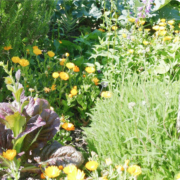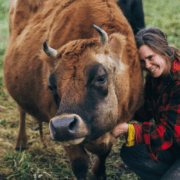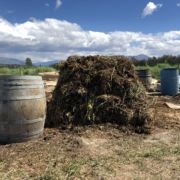In Praise of Untidiness by David Wright
Harvests Article – Autumn 2016
Most of us like some tidiness around us. We like to know where to find things, and we like to have things arranged in an orderly way. (I apologise to any teenager who is offended by this suggestion.) Some of us go much further and need to have everything arranged precisely, with all shirts in exact order, and everything else in the wardrobe in its due place, and so on. But does tidiness extend beyond the inside of the house? Is the space between the soil and the floor still carrying the litter left by plumbers, carpenters and electricians? For most of us tidiness doesn’t extend that far because what’s out of sight is out of mind. I’ll come back to the consequences of this later.
Read more









